Hanboknam (한복남)
1.0Km 2021-01-27
17, Bukchon-ro 5ga-gil, Jongno-gu, Seoul
+82-10-6485-8507
Started in Jeonju in 2012, Hanboknam strived to promote the beauty of hanbok, earning recognition by the Ministry of Culture, Sports and Tourism in 2015. Following this, Hanboknam opened a hanbok exhibition and rental shop in the Bukchon area of Seoul in 2016. The shop provides customers with numerous styles of hanbok, from royalty to beggars. The rental shop also offers various accessories to pair with the different hanbok for a complete look.
Banila CO. - Myeong-dong Branch [Tax Refund Shop] (바닐라코 명동점)
1.0Km 2024-04-22
38, Myeongdong 8-gil, Jung-gu, Seoul
-
Sejong Village Food Street (세종마을 음식문화거리)
1.0Km 2025-06-17
Chebu-dong, Jongno-gu, Seoul
Previously known as Geumcheongyo Market, it was officially named Sejong Village Food Street in 2011, as King Sejong was born in this village. The street is full of lively energy and features both long-standing restaurants, also known as nopo in Korean, and recently established trendy eateries. Its convenient location and inviting atmosphere make it a popular place to visit.
Etude House - Myeong-dong No.1 Branch (에뛰드하우스 (명동1호점))
1.0Km 2020-05-11
35-1, Myeongdong 8-gil, Jung-gu, Seoul
+82-2-753-3771
Etude House has five branch stores in Myeong-dong. It focuses on trendy cosmetic products. Its first floor boasts over 760 individual items while the second floor consists of the Dollhouse Gallery and the attic in which the entertainment star, Song Hye Gyo shot a commercial.
Hotel President (프레지던트 호텔)
1.0Km 2021-06-17
16, Eulji-ro 12-gil, Jung-gu, Seoul
+82-2-753-3131
Hotel President is located in the center of downtown Seoul, in front of Seoul Plaza. Nearby attractions include royal palaces, the financial area, a business area, and shopping street, perfect for convenience and completing successful business. Hotel services include a business center and tour desk for the perfect mix of business and pleasure. The hotel offers a 24-hour reception desk, as well as dry cleaning and room service. The 303 guestrooms come in a range of sizes from single to suites, with a choice of view between Seoul City Hall or Namsan Mountain.
Pyeongnaeok (평래옥)
1.0Km 2021-03-22
21-1, Mareunnae-ro, Jung-gu, Seoul
+82-2-2267-5892
This store, which has been around since 1950, always has a long line of customers. A Pyeongyang cold buckwheat noodles specialty restaurant located in Jung-gu, Seoul. The representative menu is Pyeongyang cold buckwheat noodles.
E-Mart 24 - The Bank Of Korea Branch [Tax Refund Shop] (이마트24 한국은행)
1.0Km 2024-04-18
9, Namdaemun-ro 5-gil, Jung-gu, Seoul
-
Korea Postage Stamp Museum (우표박물관(구.우표문화누리))
1.1Km 2024-03-06
B2, 70, Sogong-ro, Jung-gu, Seoul
+82-2-6450-5600
The Korea Postage Stamp Museum was established to promote stamp culture. Here, visitors can explore the history of stamps throughout the ages, with a wide variety of subjects and types. Its main facilities include Postal Service History, Hands-on Postage Stamp Experience, Informative Postage Stamps, and Philately Classroom. Reservations are required for weekend tours and can be made on the website.
GOYONAM - Myeongdong Branch (고요남 명동)
1.1Km 2021-03-19
10, Myeongdong 8na-gil, Jung-gu, Seoul
+82-2-318-2225
This is a Korean cuisine located in Myeong-dong, Seoul. A restaurant well-known for the large meat attached to bone and 55cm-long yukhoe chobap (a dish of raw slices of beef served over pressed vinegar rice). The representative menu is grilled beef ribs.
Åland - Myeong-dong Main Branch [Tax Refund Shop] (에어랜드 명동본점)
1.1Km 2024-06-27
40, Myeongdong 8-gil, Jung-gu, Seoul
-
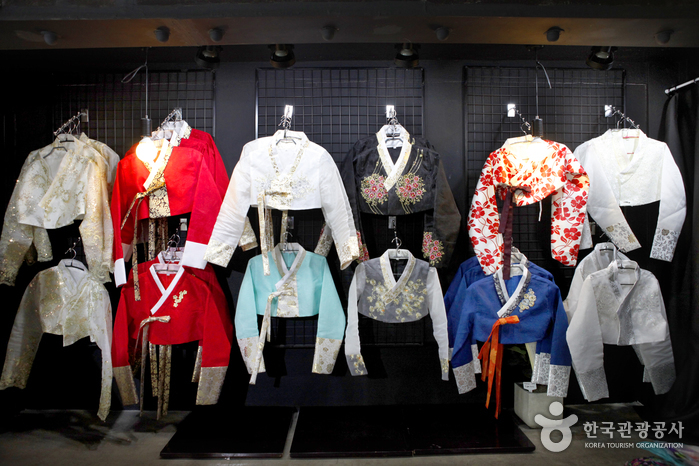

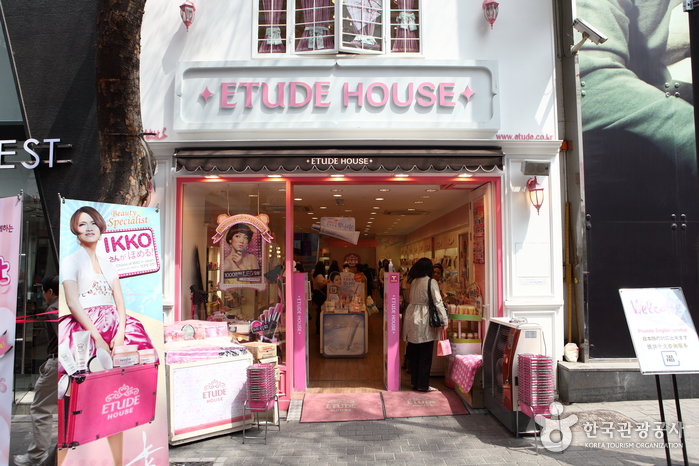
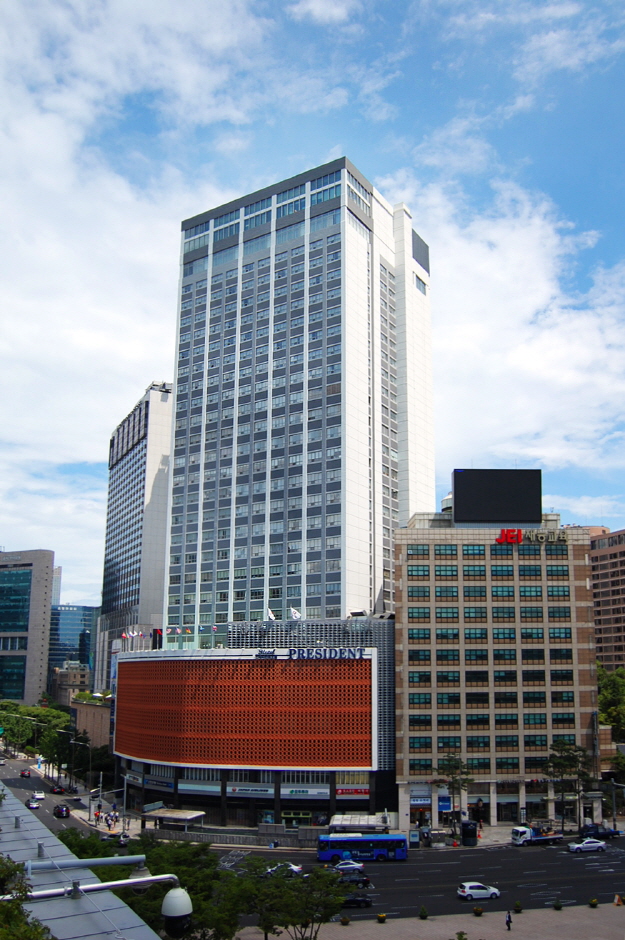
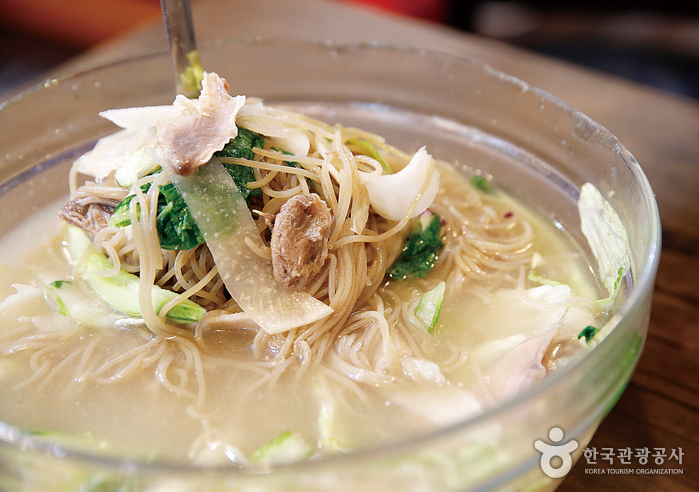
![E-Mart 24 - The Bank Of Korea Branch [Tax Refund Shop] (이마트24 한국은행)](http://tong.visitkorea.or.kr/cms/resource/78/2878578_image2_1.jpg)
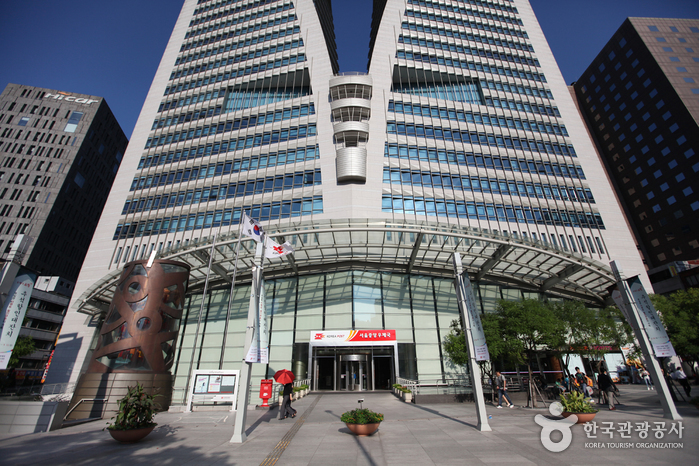
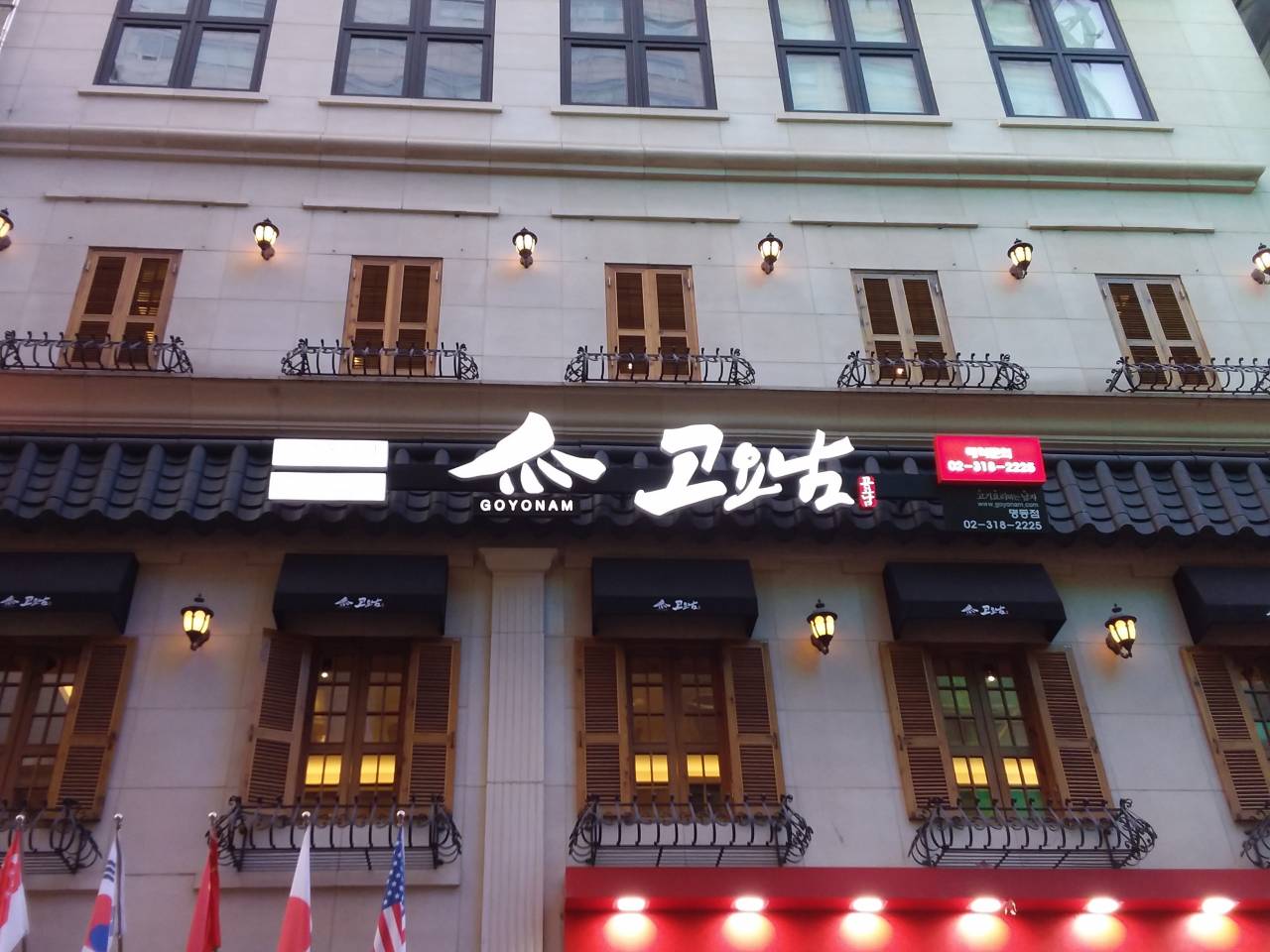
![Åland - Myeong-dong Main Branch [Tax Refund Shop] (에어랜드 명동본점)](http://tong.visitkorea.or.kr/cms/resource/81/3314381_image2_1.jpg)
 English
English
 한국어
한국어 日本語
日本語 中文(简体)
中文(简体) Deutsch
Deutsch Français
Français Español
Español Русский
Русский